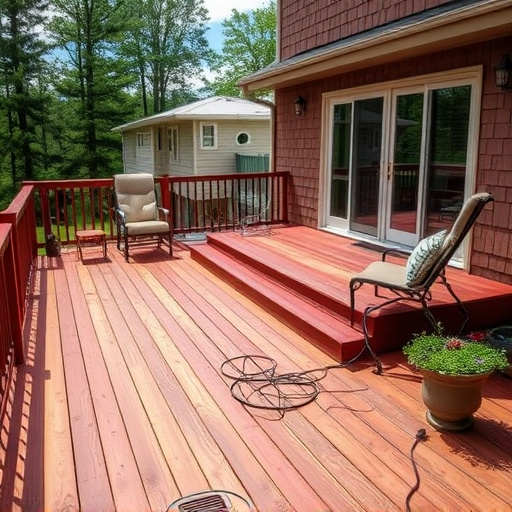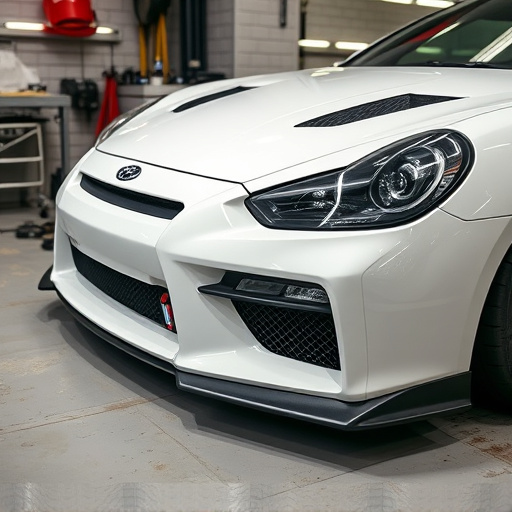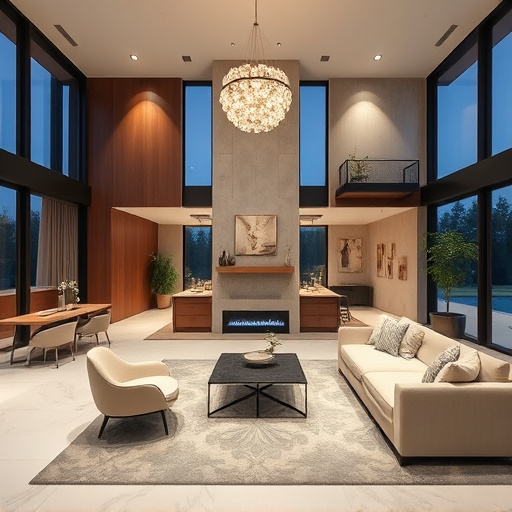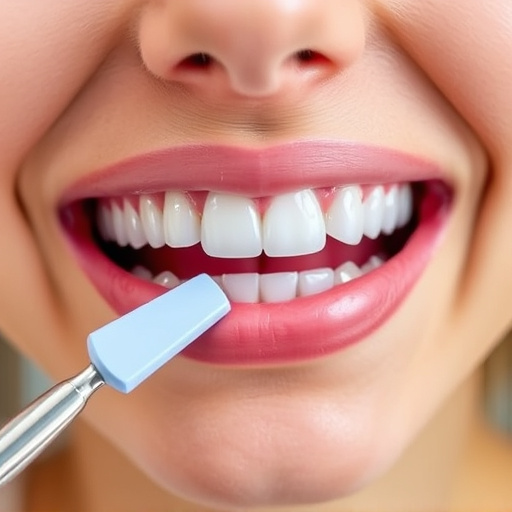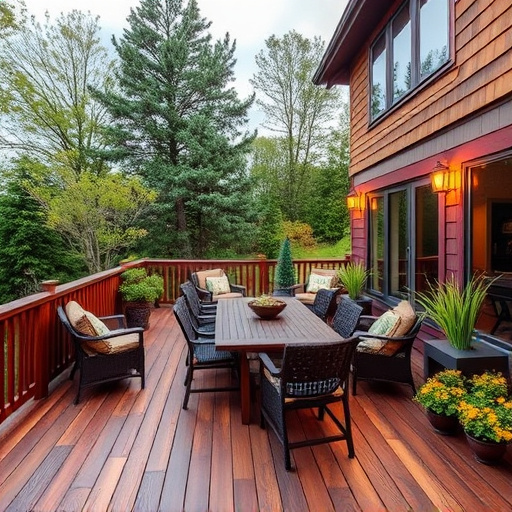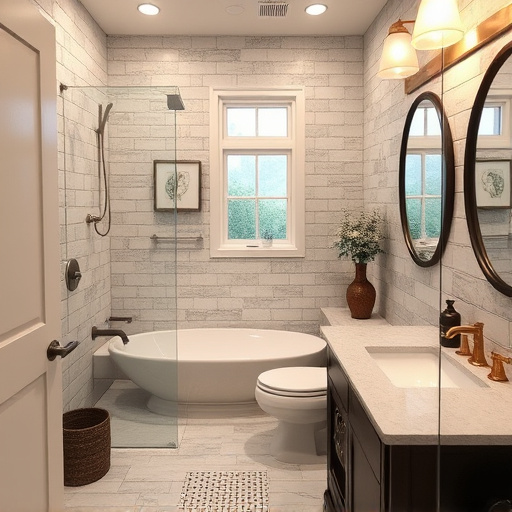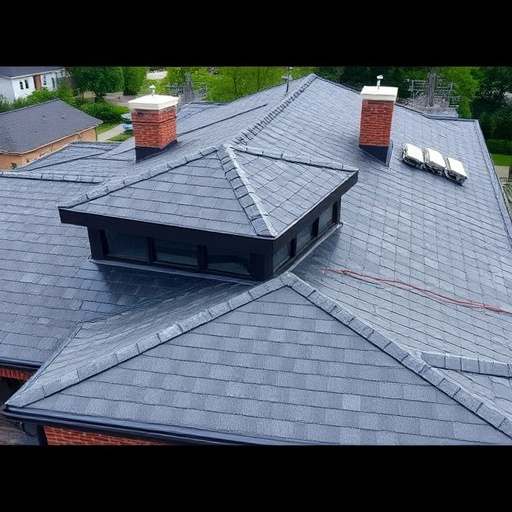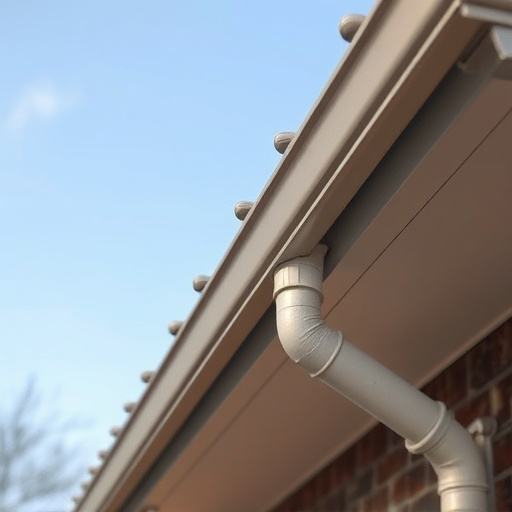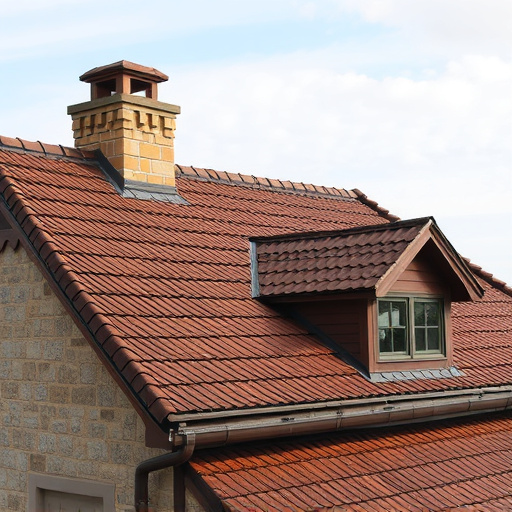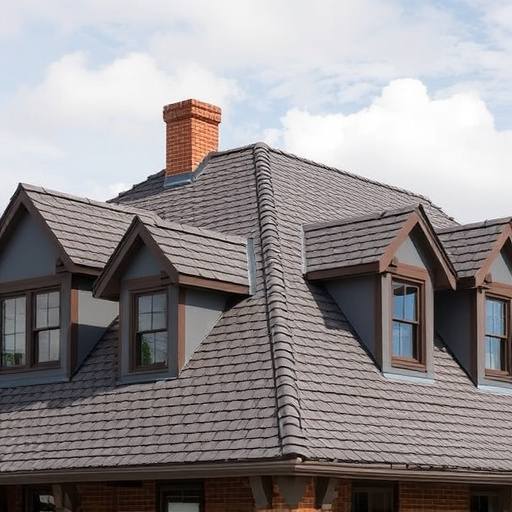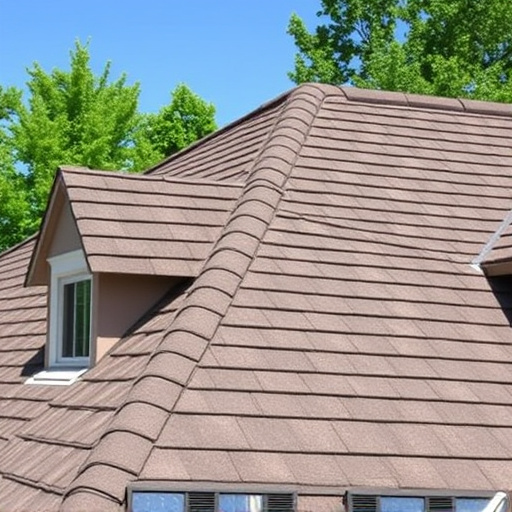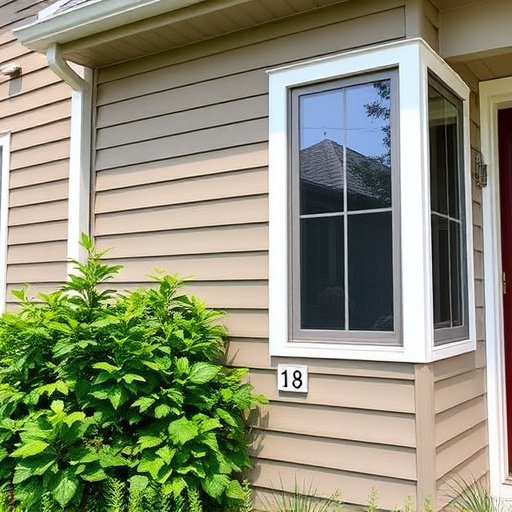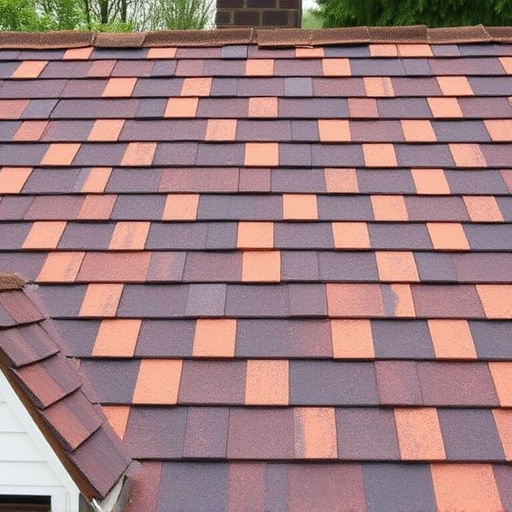Wood siding damage, from cracks, chips, peeling paint, and rot, signals structural compromise. Promptly addressing these issues through professional siding repair or replacement prevents secondary problems like water intrusion, mold growth, pest infestation, and increased repair costs. Regular inspections are crucial for maintaining the aesthetics and value of both residential and commercial properties.
Is it time to bid farewell to your old wood siding? If you notice signs of damage or decay, functional issues, or safety concerns, it might be. Cracks, chips, peeling paint, warped panels, water stains, and mold are red flags. Moreover, difficulty maintaining and cleaning, pest infestations, energy inefficiency, and loose boards indicate a problem. This article guides you through visual indicators, functional issues, safety risks, and cost-benefit analyses to help decide if replacing your old wood siding is the right move for your home’s health and value.
Visual Indicators of Damage and Decay
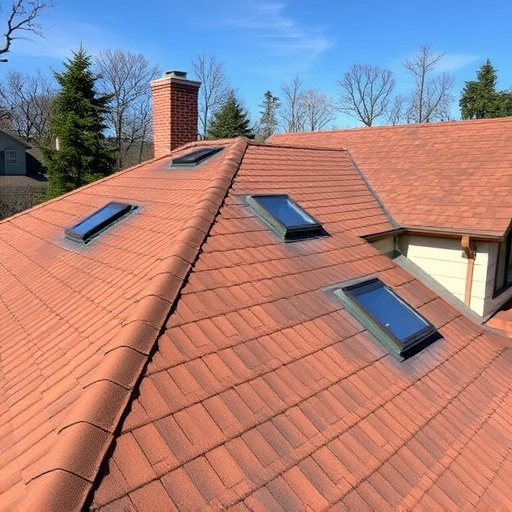
If your wood siding is showing signs of damage or decay, it’s a clear indication that replacement is necessary. One of the most visible indicators is peeling, cracking, or splitting in the siding boards. These issues can be caused by various factors such as moisture infiltration, extreme temperature changes, or insect infestation, leading to weakened wooden panels. Over time, wood siding may also develop rot, especially if it’s not properly maintained or protected. Look for soft, spongy areas on the exterior walls that might give way when touched, indicating a severe case of decay.
Additionally, faded colors and peeling paint can be telltale signs of damage. Since wood siding acts as a protective layer for your home, any deterioration can compromise its structural integrity. Regular inspections will help you identify these visual indicators early on. Considering professional siding installation or repair services can ensure that your home is protected from further damage, maintaining the overall aesthetics and value of your property, whether it’s a residential or commercial roofing project.
– Cracks and chips in the wood

If your wood siding is starting to show signs of wear and tear, it might be time for a replacement. One of the most noticeable and concerning issues is the development of cracks and chips in the wood. These imperfections not only affect the aesthetic appeal of your home but also indicate underlying structural damage. Over time, exposure to varying weather conditions, including extreme temperatures and moist environments, can weaken the integrity of wood siding.
When cracks and chips become prevalent, it’s a clear indication that your wood siding is no longer effective at protecting your home from the elements. This vulnerability can lead to further issues like water intrusion, mold growth, and even pest infestation. Prompt attention to these signs is crucial, as storm damage repair or siding repairs may become more complex and costly if left unattended.
– Peeling or blistering paint
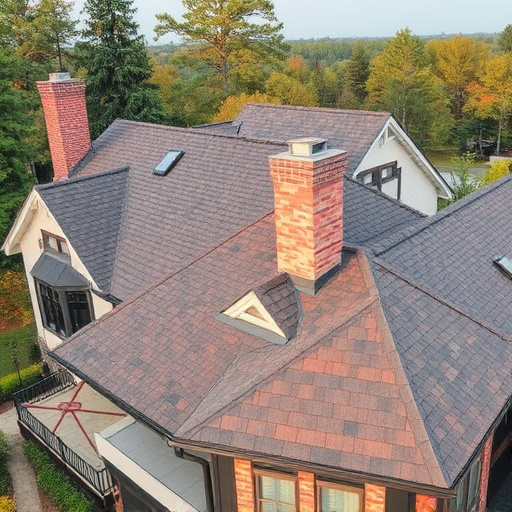
If your wood siding is starting to show signs of distress, it might be time for a change. One of the most noticeable and concerning indicators is peeling or blistering paint. This isn’t just an aesthetic issue; it’s a red flag that your siding is failing. Over time, wood siding can become damaged by weather exposure, pests, and aging, leading to these paint issues.
When the paint starts to peel or blister, it often means the underlying wood has become compromised. Moisture intrusion, rot, or weak spots in the wood can cause bubbles or flaking paint. If left unaddressed, these problems will only worsen, potentially leading to more serious structural damage. Considering a roof replacement or siding services might be necessary to ensure your home stays protected and beautifully clad with durable residential siding.
If your home is showing signs of aged wood siding, such as cracks, chips, peeling paint, or other visible damage, it’s clear that replacement is long overdue. Don’t let decay go unchecked; investing in new wood siding not only enhances your home’s curb appeal but also protects against further structural issues. Trust us, it’s time to embrace a fresh exterior and say goodbye to the old!
